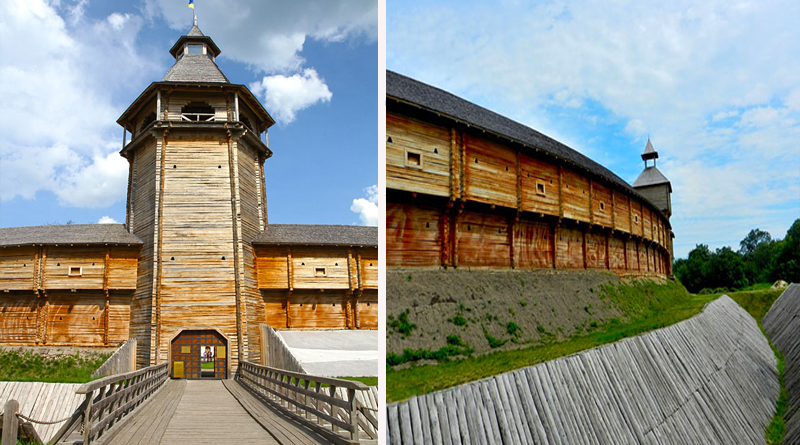 As a result of reconstruction, on the day of Unification of Ukraine, in 2009 the Citadel of Baturin Fortress was revived. Today on earthen embankments majestically towering copies of the three towers, a wooden defensive wall, a house of hetmans, a treasury and the Resurrection Church.
Perhaps it is worth noting that the church is operating, it was restored according to similar shrines of that period, since the exact plan of this building was not preserved.
As a result of reconstruction, on the day of Unification of Ukraine, in 2009 the Citadel of Baturin Fortress was revived. Today on earthen embankments majestically towering copies of the three towers, a wooden defensive wall, a house of hetmans, a treasury and the Resurrection Church.
Perhaps it is worth noting that the church is operating, it was restored according to similar shrines of that period, since the exact plan of this building was not preserved.
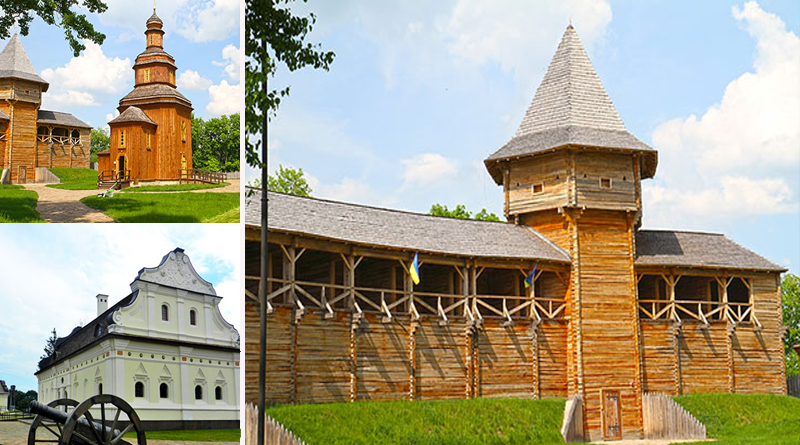 The process of restoring the historical structure was not easy, as the archaeologists collected the necessary information for reconstruction bit by bit.
Specialists had to process a lot of information from historical documents that mentioned the hetman's capital.
We studied archival data from 1654 and 1726, documents from the time of Mazepa 1708, even paid attention to paintings by artists of that period and legends.
Archaeologists have done tremendous work to restore the planned structure of the historical object. Today, in fact, the fortress is rebuilt according to the results.
During the excavation, it was found out not only the exact location of each structure on the territory of the Citadel, but also clear and undeniable evidence of crimes against the Ukrainian people.
The process of restoring the historical structure was not easy, as the archaeologists collected the necessary information for reconstruction bit by bit.
Specialists had to process a lot of information from historical documents that mentioned the hetman's capital.
We studied archival data from 1654 and 1726, documents from the time of Mazepa 1708, even paid attention to paintings by artists of that period and legends.
Archaeologists have done tremendous work to restore the planned structure of the historical object. Today, in fact, the fortress is rebuilt according to the results.
During the excavation, it was found out not only the exact location of each structure on the territory of the Citadel, but also clear and undeniable evidence of crimes against the Ukrainian people.
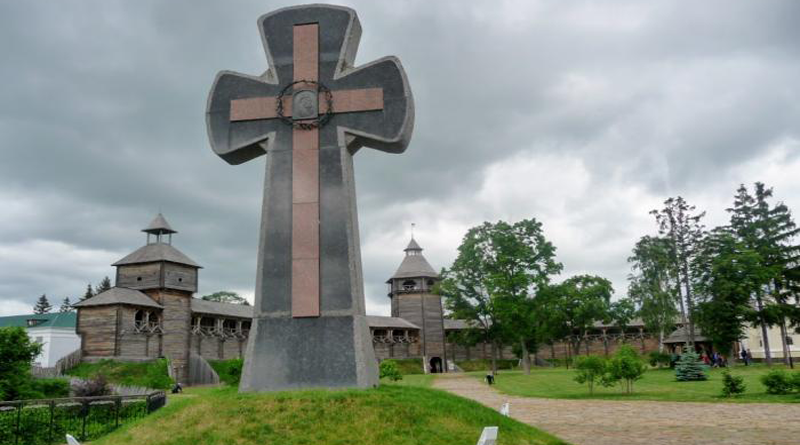 The cause of the sad tragedy is the dissatisfaction of Peter I with the conclusion of a peaceful alliance between the hetman Ivan Mazepa and Charles XII.
Since there was a military conflict between the Russian Empire and Sweden (the Russian-Swedish war), Peter I was furious when he heard about the agreement of the Ukrainian hetman.
As a result, he ordered Alexander Menshikov to destroy Baturin, destroy the Cossacks and the entire civilian population. The king's desire was fulfilled soullessly ...
The city, the fortress, residential buildings, including churches and monasteries were looted and burned.
Some of the captured Cossacks were brutally tortured and executed in Glukhov.
Many were crucified alive on crosses, which were fixed on rafts, and lowered into a free rafting on the Seim river. Such was the price of Baturintsy for God’s right to live freely on their land .....
This tragedy of 1708, clearly demonstrates the relationship between Ukraine and Russia to this day. Even after centuries, absolutely nothing has changed.
Russia, as it was an enemy for the Ukrainian people, will remain so!
The cause of the sad tragedy is the dissatisfaction of Peter I with the conclusion of a peaceful alliance between the hetman Ivan Mazepa and Charles XII.
Since there was a military conflict between the Russian Empire and Sweden (the Russian-Swedish war), Peter I was furious when he heard about the agreement of the Ukrainian hetman.
As a result, he ordered Alexander Menshikov to destroy Baturin, destroy the Cossacks and the entire civilian population. The king's desire was fulfilled soullessly ...
The city, the fortress, residential buildings, including churches and monasteries were looted and burned.
Some of the captured Cossacks were brutally tortured and executed in Glukhov.
Many were crucified alive on crosses, which were fixed on rafts, and lowered into a free rafting on the Seim river. Such was the price of Baturintsy for God’s right to live freely on their land .....
This tragedy of 1708, clearly demonstrates the relationship between Ukraine and Russia to this day. Even after centuries, absolutely nothing has changed.
Russia, as it was an enemy for the Ukrainian people, will remain so!
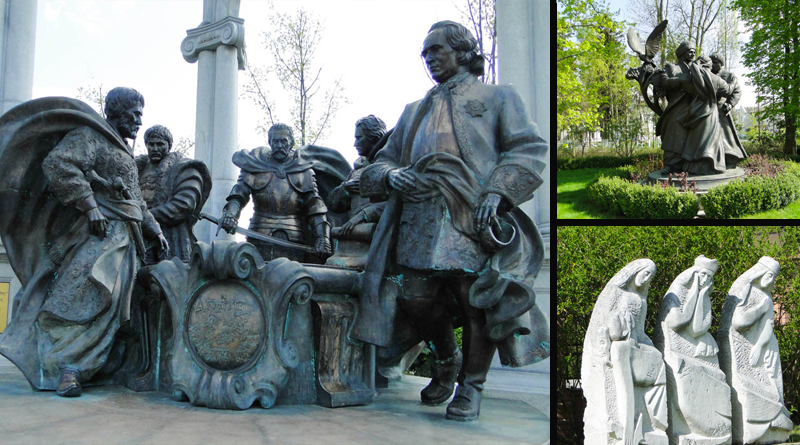
Sights of Baturin
Palace of Cyril Razumovsky; House of the General Court (museum); Church of the Intercession; Baturin fortress and the Resurrection Church.Interesting Facts
- During the time of Hetmanism, I. Mazepa, and this is 21 years old, the city of Baturin was considered an economically developed region with a population of more than 20 thousand. 40 churches towered on its territory, as well as about 2 monasteries.
- Baturin fortress had a network of underground passages. One of the tunnels was accidentally discovered in 2008 near the Resurrection Church.
- According to historical data,the Baturin fortress had a rather large territorial extent, more than 20 hectares.
- The only residential building that remained almost intact following the Baturin massacre is the house of Judge V. Kochubey. It was here that Mazepa requested the permission of Kochubey to marry his daughter Motri. Subsequently received a categorical refusal.
Location
Address: st. Samoilovich, Baturin, Chernihiv region.
GPS coordinates: 51°20’33”N 32°53’13”E
Copyright belongs to .
Copying of the material is permitted only with an active link to the original:
Baturin Citadel, Baturin


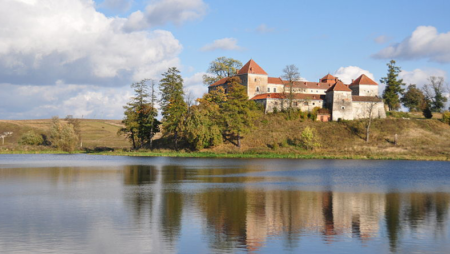
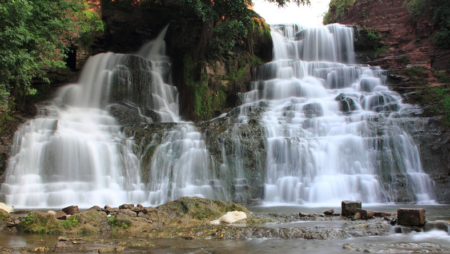
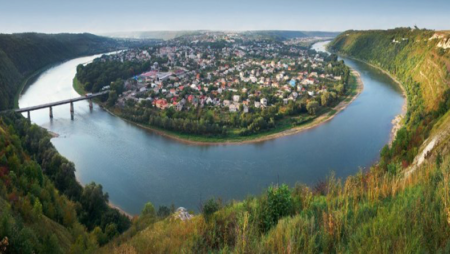
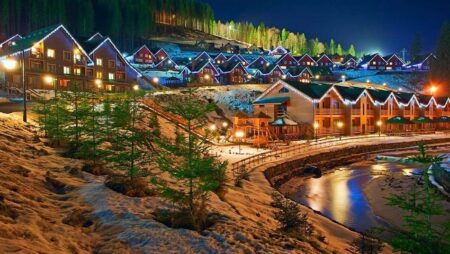
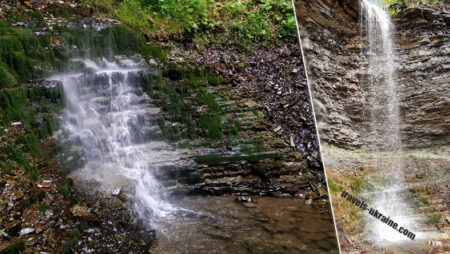
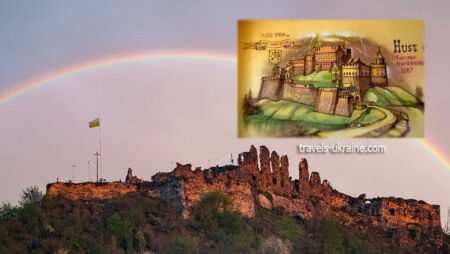
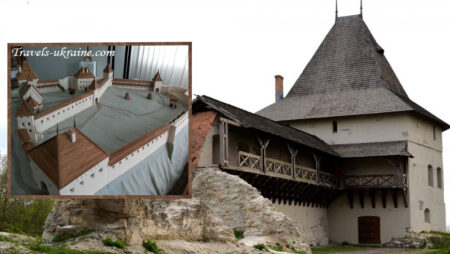
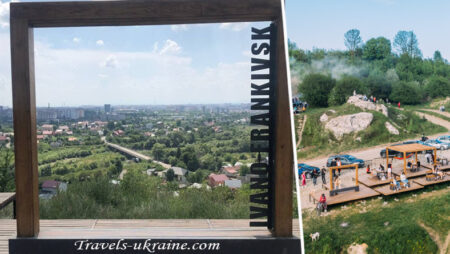
No Comment
You can post first response comment.